Limestone is a widely used raw material in various industries, including construction, cement production, and chemical manufacturing. The efficient crushing of limestone is crucial to ensure a steady supply of high - quality aggregates and powders. Impact crushers have emerged as a popular choice for limestone processing due to their ability to produce well - shaped particles and high - reduction ratios. This essay will explore how to maximize the crushing efficiency of impact crushers in limestone processing.
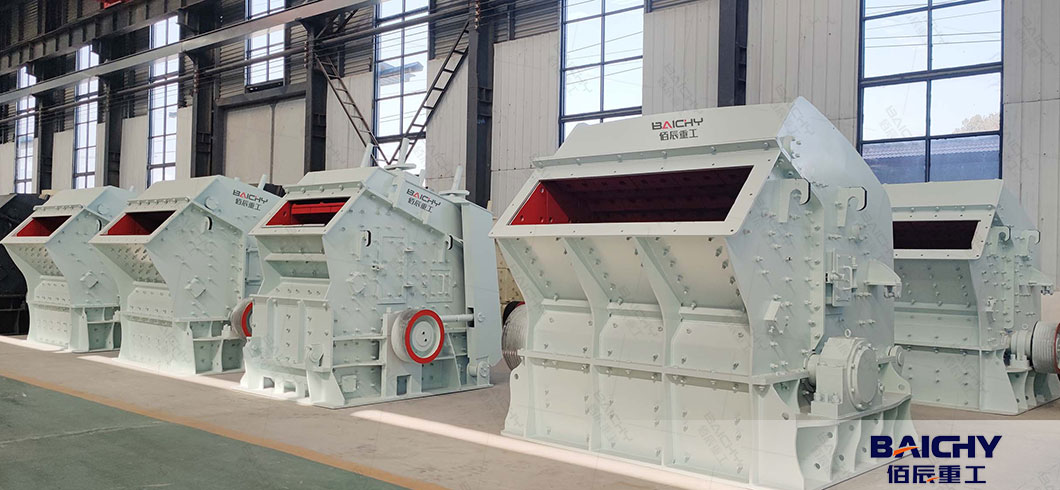
Understanding PF Impact Crushers
Impact crushers operate on the principle of impact force. When limestone enters the crusher, it is struck by a rapidly rotating rotor with hammers or blow bars. The impact shatters the limestone into smaller pieces, and the broken material is further reduced as it collides with the breaker plates or anvils inside the crusher.
Factors Affecting Crushing Efficiency in Limestone Processing
1. Feed Characteristics
The size, shape, and moisture content of the limestone feed have a significant impact on the crushing efficiency. Larger - sized feed requires more energy to break, and it may also cause uneven wear on the crusher components.Additionally, high moisture content in the limestone can cause clogging in the crusher, reducing the throughput and efficiency. To maximize efficiency, it is essential to ensure that the limestone feed is of a suitable size and shape and has a low moisture content. This can be achieved through proper pre - screening and drying processes.
2. Rotor Speed
The rotor speed of the impact crusher directly affects the impact force applied to the limestone. A higher rotor speed generates greater impact force, which can lead to more efficient crushing and a higher reduction ratio. However, increasing the rotor speed also increases the wear on the crusher components, such as the hammers and blow bars. Therefore, an optimal rotor speed needs to be determined based on the specific characteristics of the limestone and the desired output. Manufacturers usually provide guidelines on the recommended rotor speed for different applications.
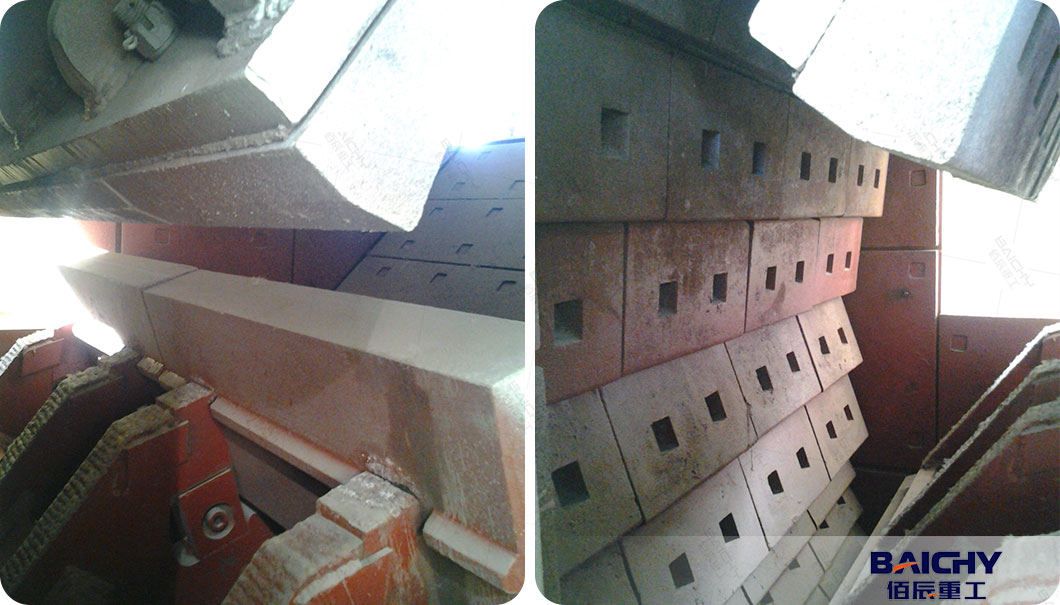
3. Impact Crusher Configuration
The design and configuration of the impact crusher play a crucial role in its crushing efficiency. The shape and angle of the breaker plates and anvils can affect the trajectory and collision pattern of the limestone particles. A well - designed crusher configuration can ensure that the limestone particles are repeatedly struck and broken, maximizing the reduction ratio. Additionally, the clearance between the rotor and the breaker plates or anvils can be adjusted to control the particle size of the output.
4. Hammer and Blow Bar Design
The hammers and blow bars are the main components that come into contact with the limestone. Their design, material, and wear resistance are critical for efficient crushing. High - quality wear - resistant materials, such as manganese steel or alloy steel, are commonly used to extend the service life of these components. Regular inspection and replacement of worn - out hammers and blow bars are necessary to maintain the crushing efficiency.
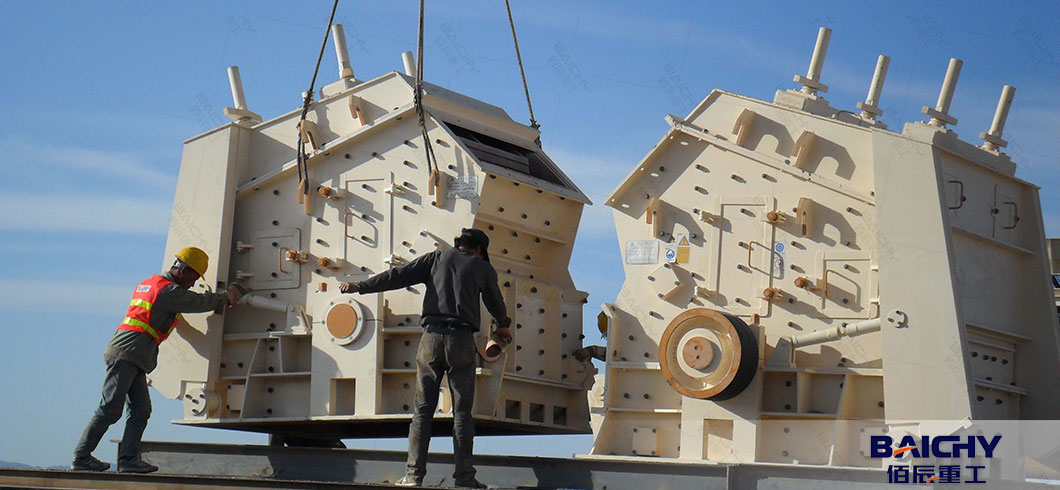
Strategies to Maximize Crushing Efficiency
1. Optimize Feed Preparation
Before feeding the limestone into the impact crusher, it is important to prepare the feed properly. This includes screening the limestone to remove any oversized or undersized particles. Oversized particles can be pre - crushed using a jaw crusher or other primary crushers to reduce the load on the impact crusher.
2.Select the Right Impact Crusher
Choosing the appropriate type and size of the impact crusher is essential for maximizing efficiency. Consider factors such as the feed size, capacity, and desired particle size. For large - scale limestone processing, a high - capacity HSI crusher may be suitable for primary and secondary crushing, while a VSI crusher can be used for fine crushing and shaping. Consult with crusher manufacturers or experts to select the most suitable crusher for your specific application.
3.Regular Maintenance
This includes checking and tightening all bolts and connections, inspecting the wear of the hammers, blow bars, breaker plates, and anvils, and lubricating the moving parts. Replace worn - out components in a timely manner to maintain the crushing efficiency and prevent further damage to the crusher.
4. Process Optimization
Analyze the entire limestone processing system to identify any bottlenecks or areas for improvement. This may involve adjusting the feeding rate, optimizing the crusher settings, and integrating the impact crusher with other processing equipment, such as conveyors, screens, and mills. By optimizing the overall process, the crushing efficiency of the impact crusher can be maximized.
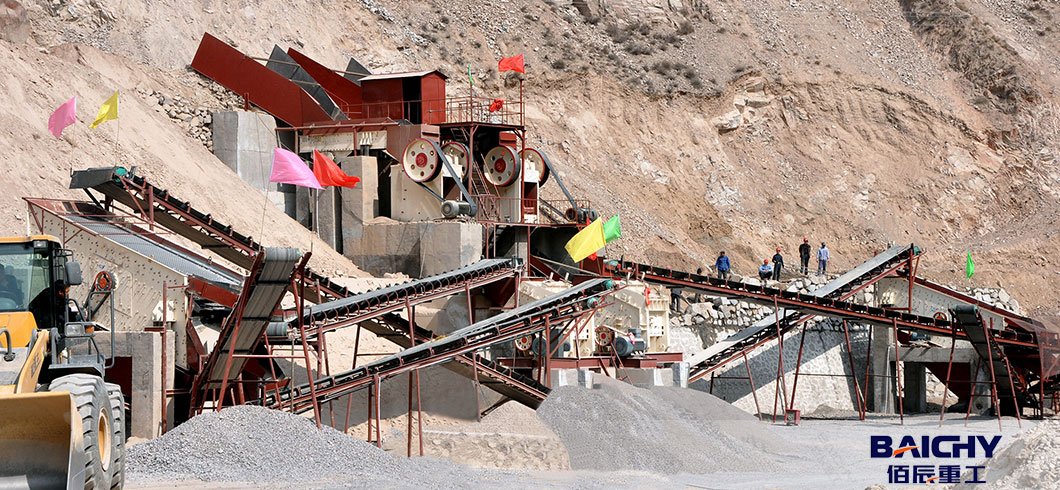
Conclusion
Maximizing the crushing efficiency of impact crushers in limestone processing is essential for ensuring the quality and productivity of the final products. By understanding the factors that affect crushing efficiency, such as feed characteristics, rotor speed, crusher configuration, and hammer design, and implementing appropriate strategies, such as optimizing feed preparation, selecting the right crusher, regular maintenance, and process optimization, operators can achieve higher reduction ratios, better particle shape, and increased throughput. This not only improves the economic viability of limestone processing but also contributes to the sustainable development of the related industries.









 2025-05-19
2025-05-19



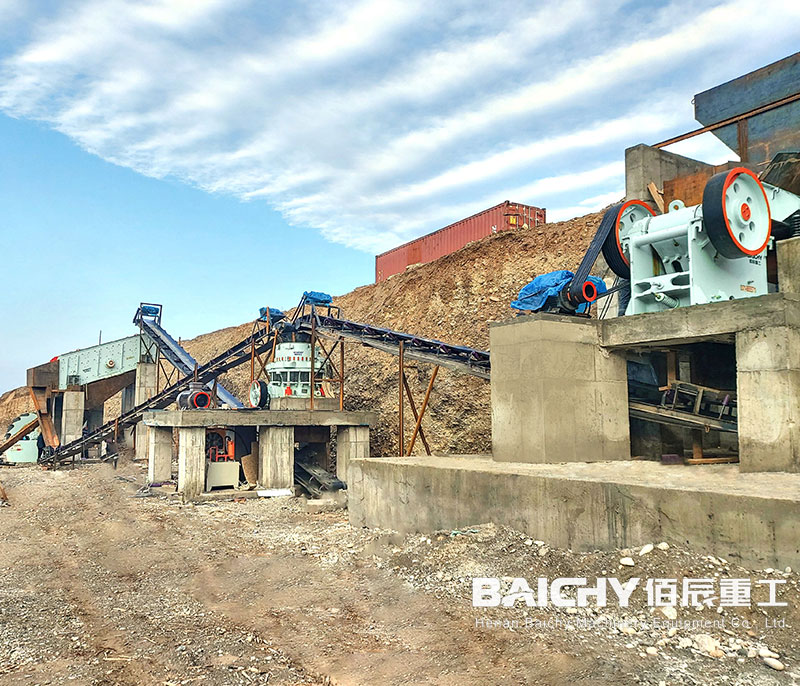
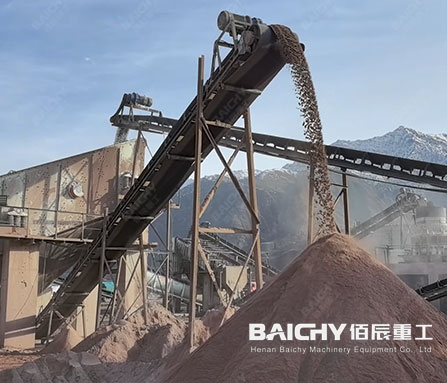

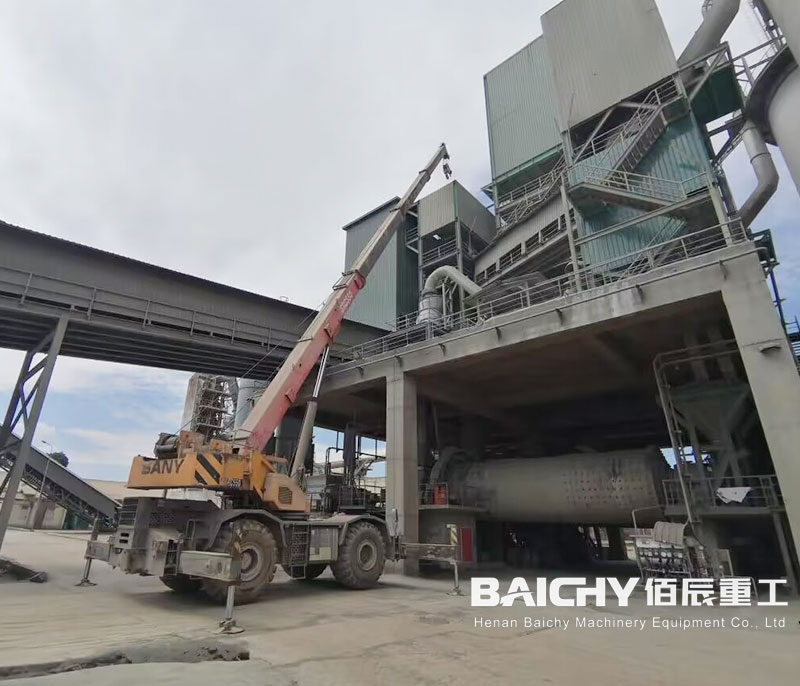














 86-15093113821
86-15093113821
 86-15093113821
86-15093113821

